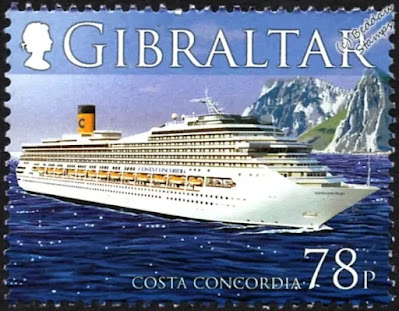Lohri is a popular winter festival celebrated primarily in the northern regions of India, especially in the states of Punjab, Haryana, Himachal Pradesh, and parts of Jammu. It marks the end of winter and the arrival of longer days. Lohri usually falls on the 13th of January every year.
Key features and traditions associated with the Lohri festival include:
Bonfire (Lohri diyaan): The central feature of Lohri celebrations is the lighting of a bonfire. People gather around the bonfire, throw offerings such as sesame seeds, popcorn, jaggery, and sugarcane into the fire, and sing traditional folk songs and dance around it. The bonfire symbolizes the return of longer days and the warmth of the sun.
Traditional Music and Dance: People engage in traditional folk dances, especially the Bhangra and Gidda, during Lohri celebrations. These dances are accompanied by energetic music and add to the festive atmosphere.
Sweets and Savories: Traditional Punjabi dishes and sweets are an integral part of Lohri celebrations. People prepare and share special foods like Sarson da Saag (mustard greens) and Makki di Roti (corn bread). Sesame seeds and jaggery-based sweets like til ladoo and gajak are also popular.
Exchange of Greetings and Gifts: Lohri is a time for socializing, and people exchange greetings and gifts with friends and family. It is considered a time of joy and prosperity.
Harvest Festival: Lohri is also seen as a harvest festival, celebrating the winter crop's yield. Farmers express gratitude for the bountiful harvest during this time.
Cultural Significance: The festival has cultural and historical significance, especially in the agrarian communities of northern India. It is often associated with the tale of Dulla Bhatti, a legendary hero who helped the poor and is remembered during Lohri celebrations.
Lohri is a time for community bonding, joy, and festivity, with people coming together to celebrate the harvest season and express their gratitude. The festival is marked by enthusiasm, music, dance, and the spirit of sharing.







.webp)






